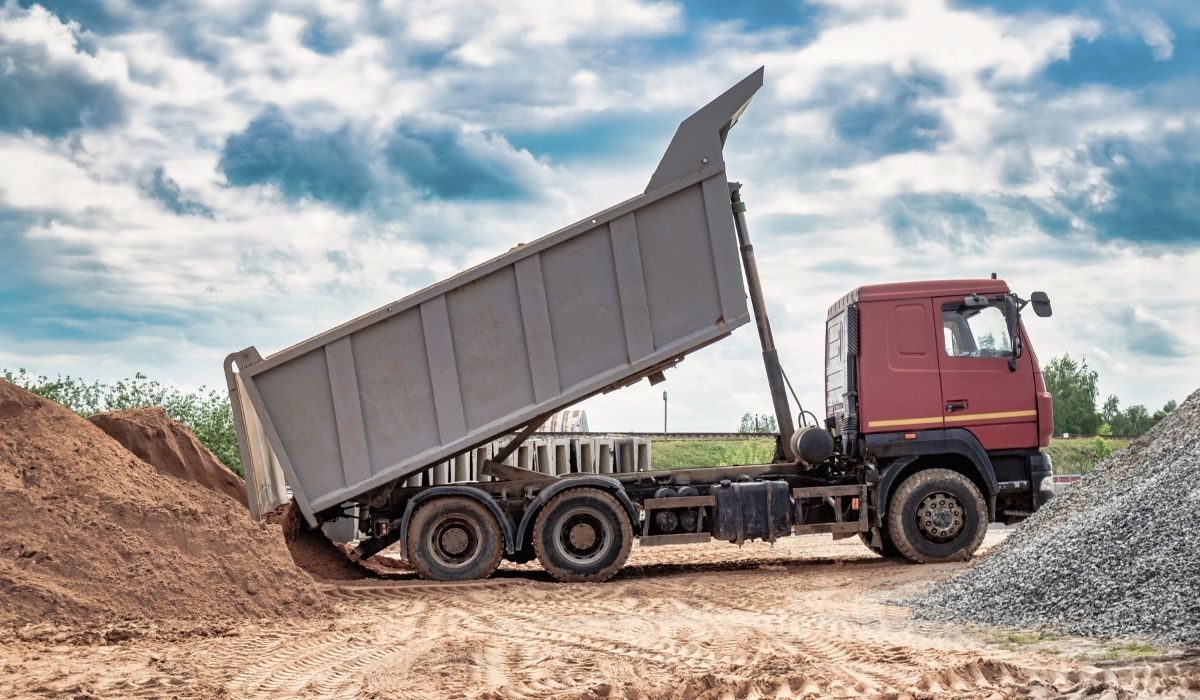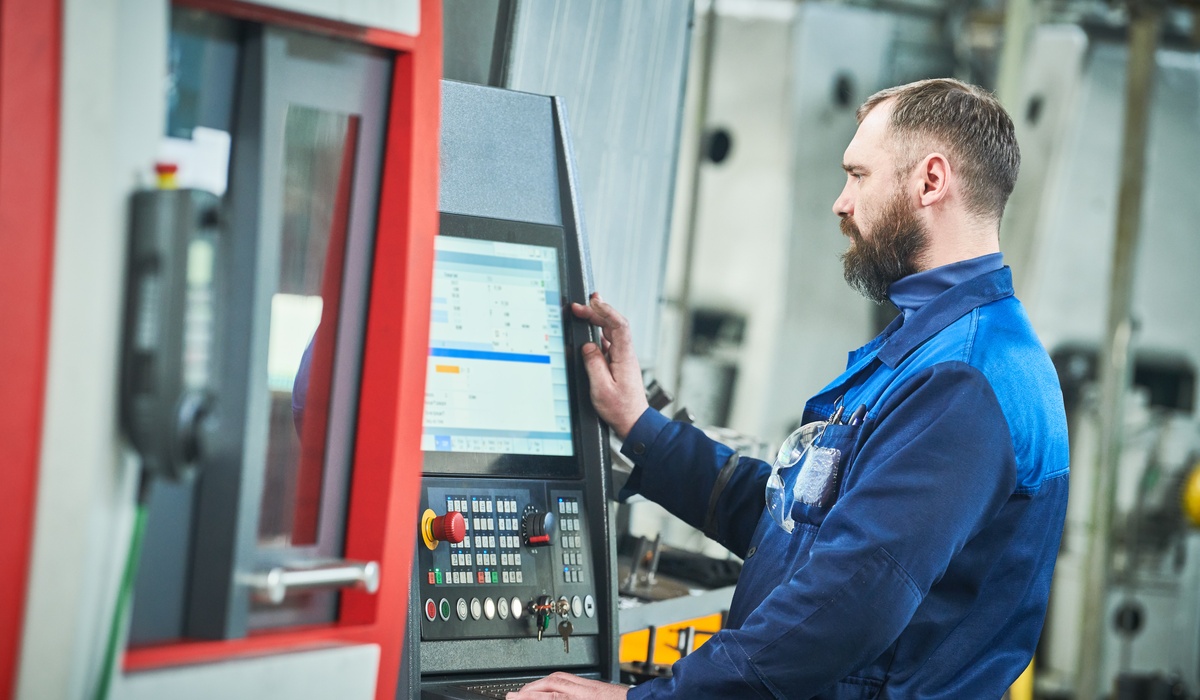The Cost of Poor Material Release in Commercial Hauling
- Casey Cartwright
- Business
- September 26, 2025

Commercial hauling operators face countless daily challenges, but one problem quietly drains profits more than most realize. When materials stick to truck beds and refuse to release cleanly, the ripple effects extend far beyond a simple inconvenience. The cost of poor material release in commercial hauling creates a cascade of operational inefficiencies that smart fleet managers cannot afford to ignore.
Operational Downtime: Minutes Add Up to Money
Sticky materials such as wet gravel, clay, or hot asphalt turn routine dump cycles into time-consuming jobs. Operators waste valuable minutes clearing beds by hand when loads don’t release cleanly. These delays stack up quickly, turning quick turnarounds into costly slowdowns.
Poor material release creates a ripple effect. Trucks make fewer trips per shift, and extended unloading times push project schedules back. To stay on track, you may need to deploy more equipment—driving up costs.
Increased Wear and Damage to Equipment
Poor material release puts unnecessary strain on your trucks.
Manual Cleanouts Take a Toll
Repeated manual interventions with tools and equipment gradually damage truck bed surfaces. Shovels scrape protective coatings, picks gouge metal surfaces, and aggressive cleaning methods accelerate wear patterns. These seemingly minor incidents accumulate into major repair bills and premature equipment replacement costs.
Added Strain on Hydraulic Systems
Hydraulic systems endure excessive stress when operators repeatedly cycle dump mechanisms to dislodge stubborn materials. This constant lifting and lowering under load accelerates component wear and increases maintenance frequency. Hydraulic repairs often require extended downtime and expensive replacement parts that strain maintenance budgets.
Safety Risks and Liability
Poor release performance also increases the risk of accidents.
Unpredictable Load Releases
Inconsistent material release patterns create dangerous situations on jobsites. Loads may suddenly break free after partial releases, catching workers off guard and potentially causing injuries. These unpredictable dump behaviors expose your operation to liability risks and workers’ compensation claims.
Operator Fatigue
Manual interventions combined with time pressure create perfect conditions for accidents. Fatigued operators make poor decisions and take unnecessary risks to clear stuck loads quickly. This human factor compounds the safety hazards already present in commercial hauling operations.
The Solution: Choosing the Right Liner for the Job
Different hauled materials demand specific liner properties for optimal release performance. Heat-resistant surfaces work best for asphalt loads, while ultra-smooth liners improve flow when handling wet or sticky aggregates. Poor liner selection often leads directly to release issues that slow down commercial hauling operations.
To avoid these problems, operators should match their liner choice to the demands of each load type. The best liners for asphalt, gravel, and wet loads offer targeted advantages that reduce unloading times, protect truck beds, and improve overall fleet efficiency. When the liner performs correctly, materials slide out cleanly, saving time, cutting labor costs, and keeping the job on schedule.
Protecting Your Bottom Line Through Smart Choices
The cost of poor material release in commercial hauling shows up in more than just slow dump cycles—it quietly drains profits through delays, equipment damage, and safety risks. These hidden costs stack up with every stuck load and every extra minute spent clearing a bed.








